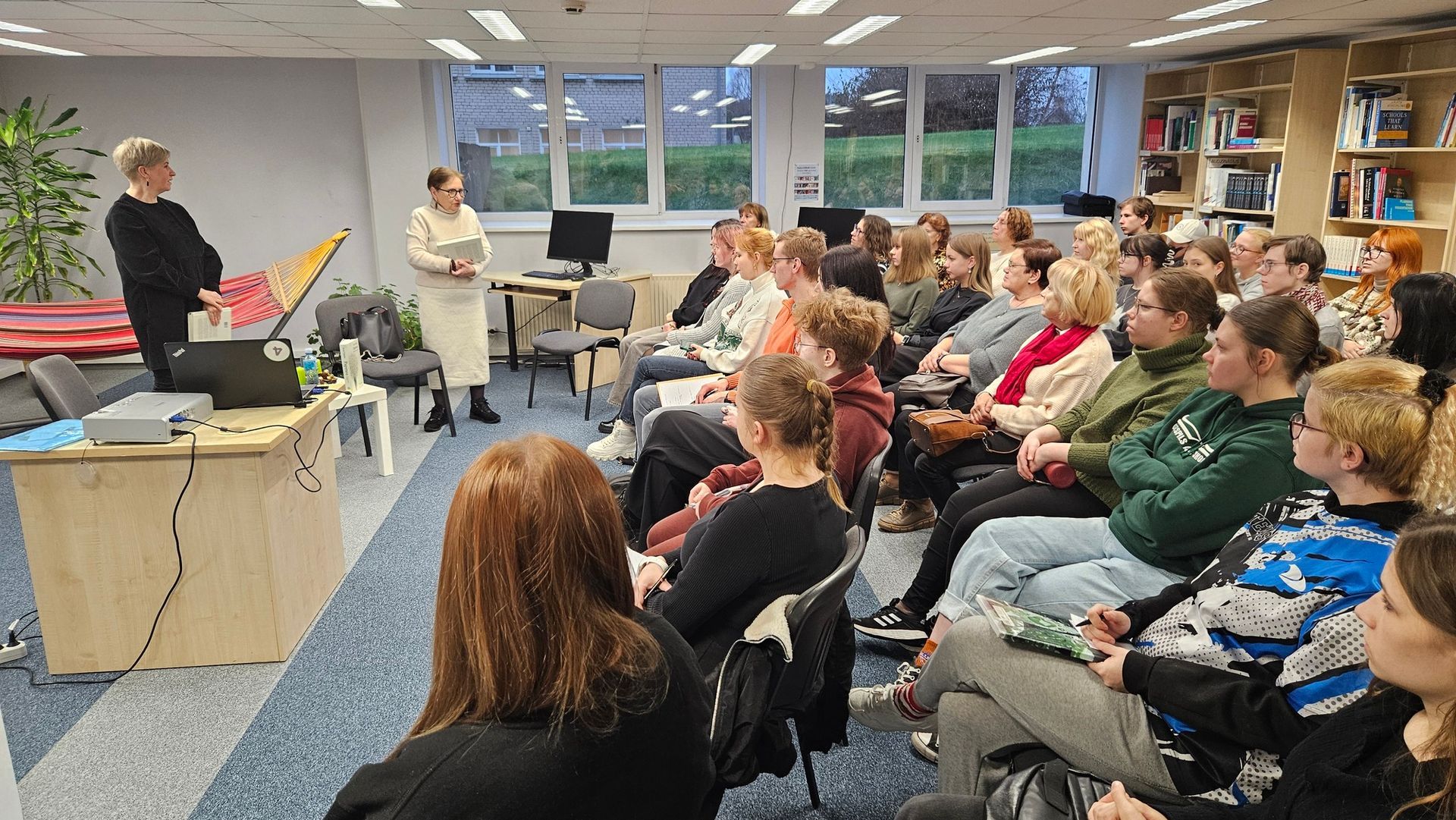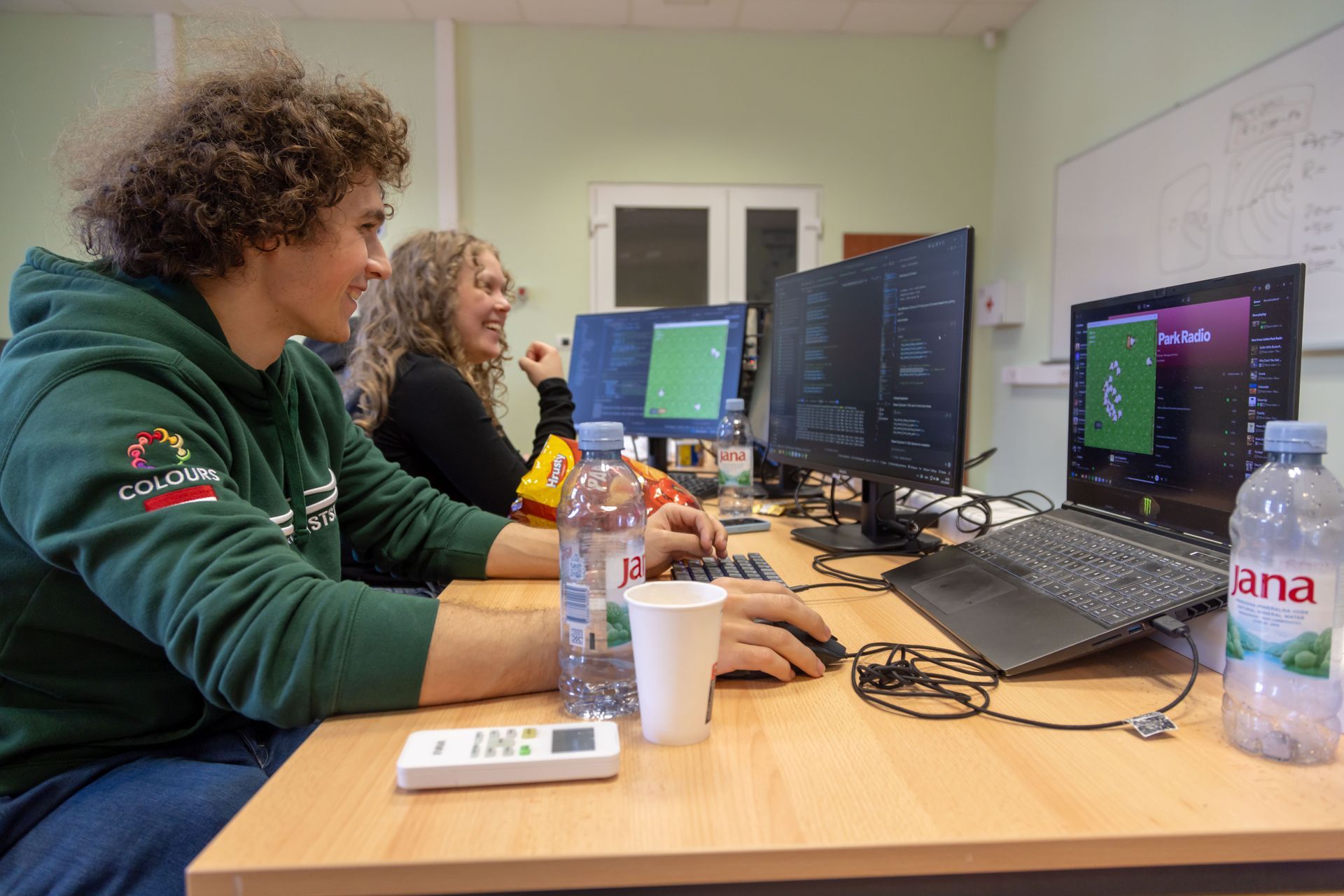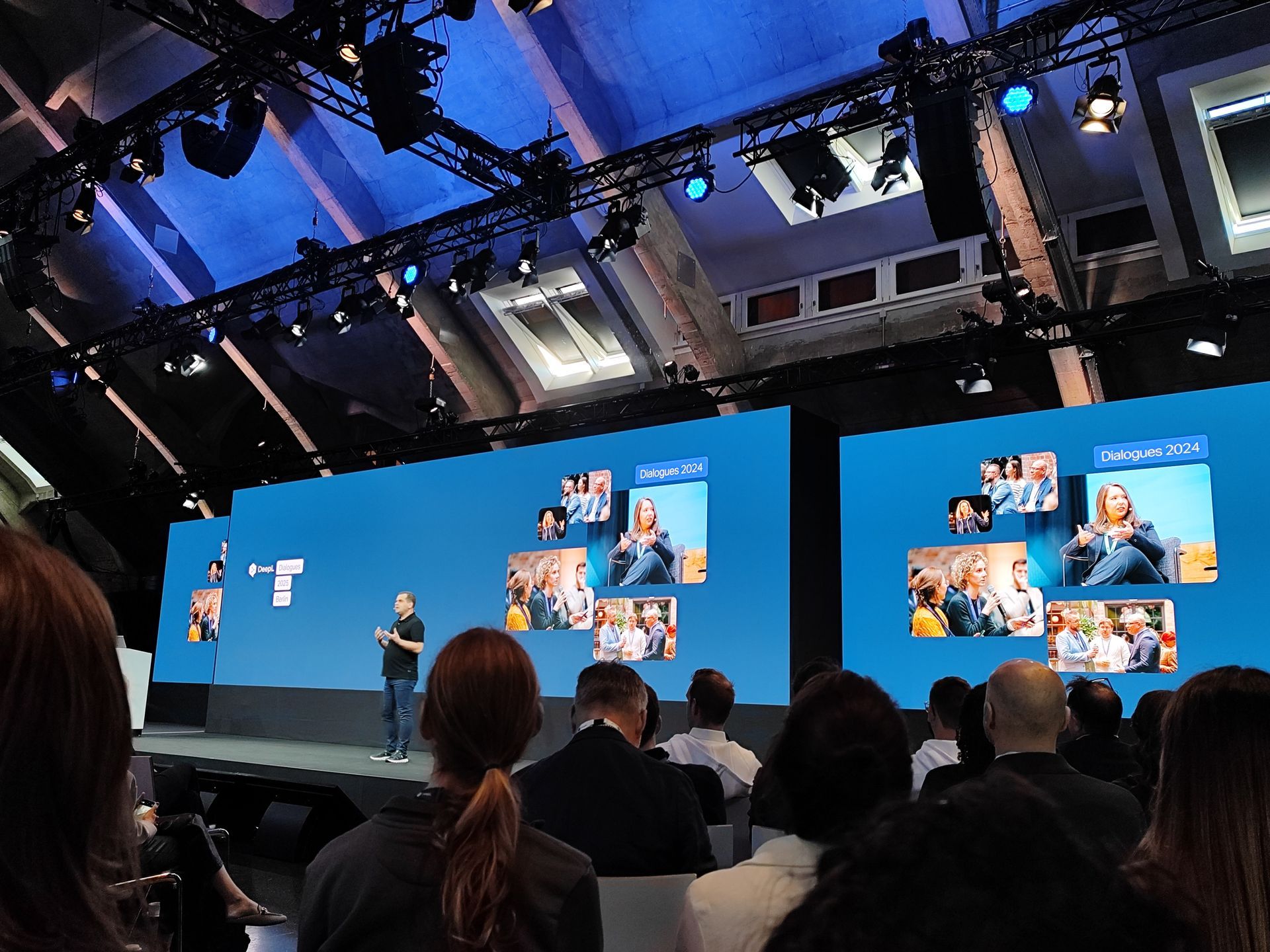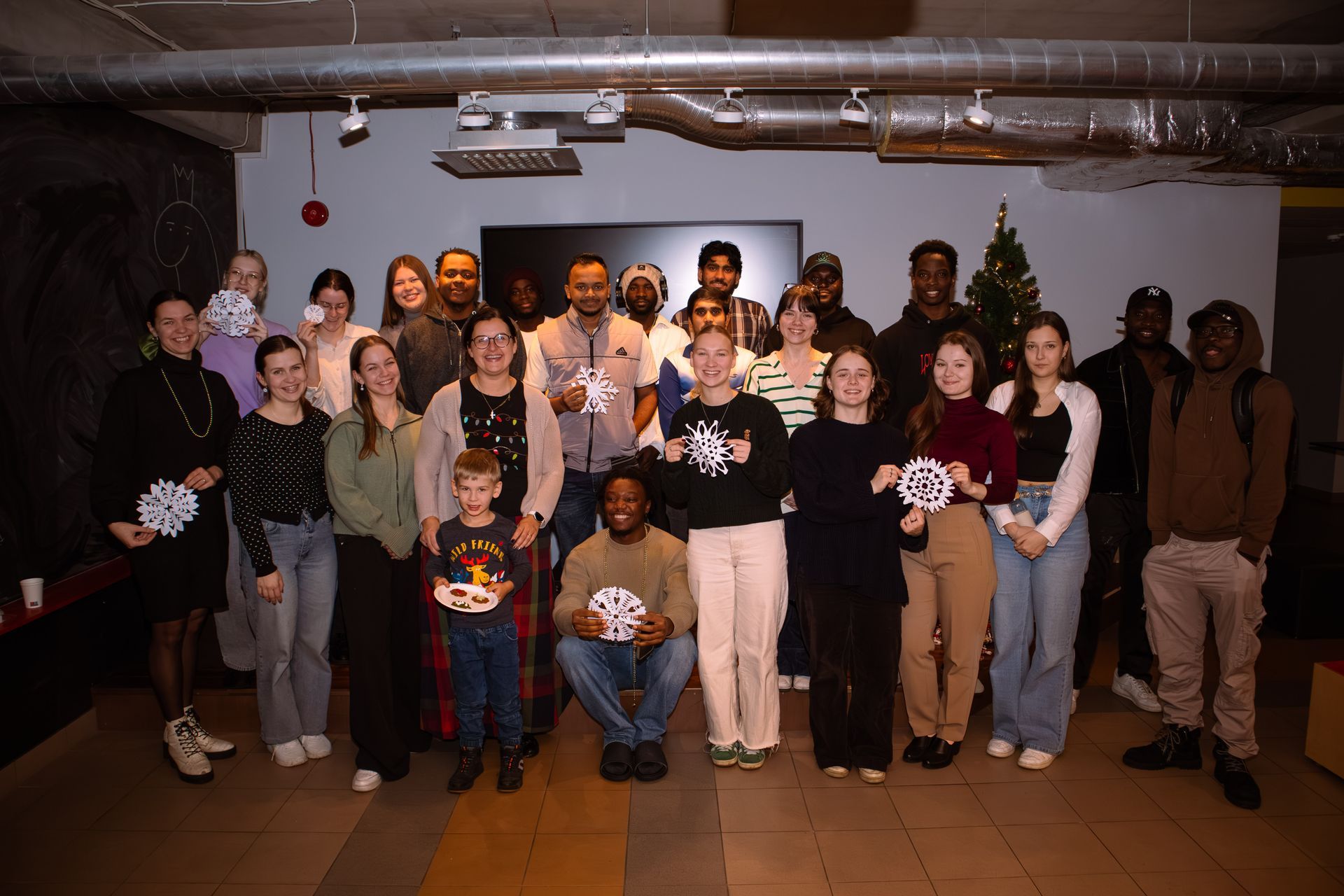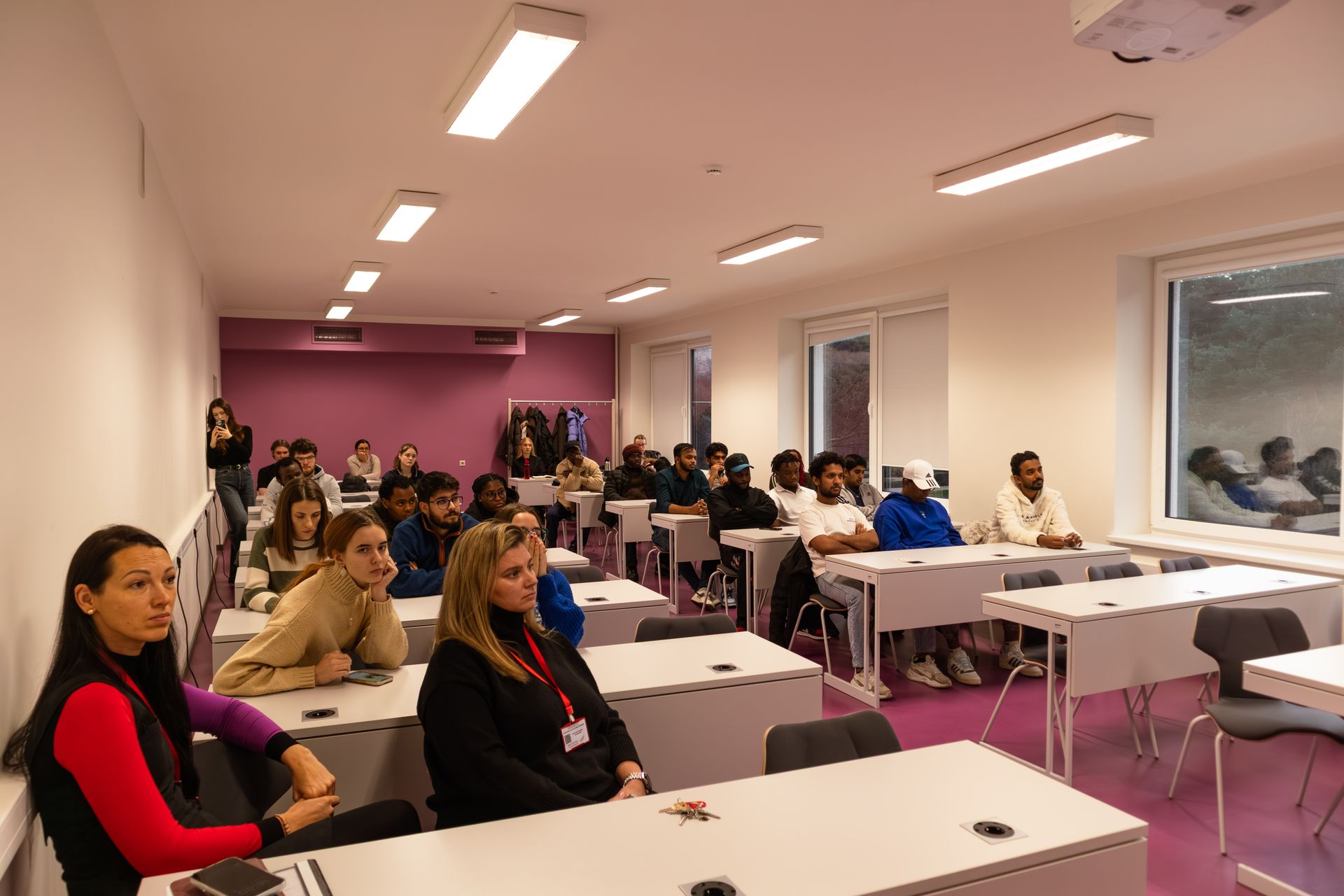The researchers of the project "Studies of Physical-Chemical Processes of the Interstellar Environment" participate in an international scientific conference in Odessa
From 12 August to 17 August, 2019 in Odessa (Ukraine) an international conference "6th Gamow International Conference in Odessa: "New Trends in Cosmology, Astrophysics and Radioastronomy after Gamow" took place. The project No.1.1.1.1/16/A/213 "Studies of Physical-Chemical Processes of the Interstellar Environment" (ASTRA) scientific supervisor Ivars Šmelds, researcher Vladislavs Bezrukovs and scientific assistant Artis Aberfelds participated in the conference presenting the reports on the results achieved within the framework of the project "Observations of Molecular Radio Lines"'.
Gamow International Conference is an event held every 6 years, since 1994 by the Odessa I.I.Mechnikov National University (Theoretical Physics and Astronomy Department) and it is dedicated to the memory of the prominent astrophysicist and cosmologist G. Gamow. In addition, a summer school dedicated to this scientist takes place in Odessa every August - essentially a scaled-down version of this big conference which is mainly attended by the younger generation of space researchers - students, doctoral students and recent doctoral study graduates. With each passing time the Gamow Conference is becoming more and more respectable and widely attended, not only by participants from Ukraine and Eastern Europe. This year the conference was attended by 125 participants, some of whom also came from countries such as Israel, Poland, Germany - a total of 13 countries. Every day part of the conference took place in plenary sessions, part in sections - Cosmology, Astrophysics with subsection Astroinformatics, Radioastronomy, Solar System and Space Environment, Sun, Solar Activity, Solar-terrestrial Relations and Astrobiology.
The scientists of the ASTRA project mainly participated in the work of the section "Radioastronomy" where they also orally presented their reports:
Janis Steinbergs, Vladislavs Bezrukovs, Ivar Shmeld, Karina Skirmante, Artis Aberfelds, Mārcis Bleiders, Artūrs Orbidāns, Marcin Gawroński, Roman Feiler “Galactic Maser Observations in VLBI Mode in Ventspils”
Artis Aberfelds, Ivar Shmeld “Two Year Results of Methanol Maser Monitoring Program by Irbene Radiotelescopes”
Ivar Shmeld “Molecules in space as seen from Ventspils”. In addition to working in the radio astronomy section the conference participants attended plenary sessions and other conference sections which provided with an opportunity to learn about the latest developments in astrophysics, including spectral line research and signal processing and calibration techniques which will be useful in the next stages of the project, as well as in future for improving the Irbene radio telescope signal recording subsystems.
Talks with radio astronomy scientists also took place during the conference. The findings of the informal talks will be useful in solving problems related to the methodology of space maser observations at the Irbene Observatory. Of particular note is the meeting with Valerii Shulga, a member of the Scientific Council of the National Academy of Sciences of Ukraine (NAS) and Oleg Ulyanov head of the Decameter Radio Astronomy Department at the NAS Kharkiv Institute of Radio Astronomy during which opportunities to expand cooperation between Ventspils University of Applied Sciences and Ukrainian scientists were discussed.
Share on other platforms
Other news
